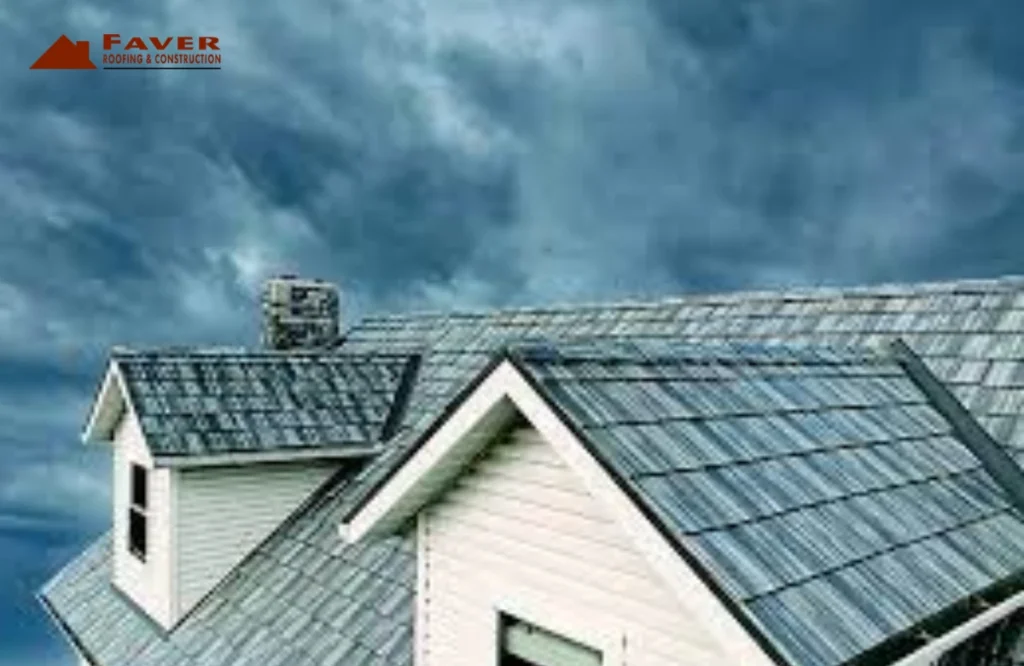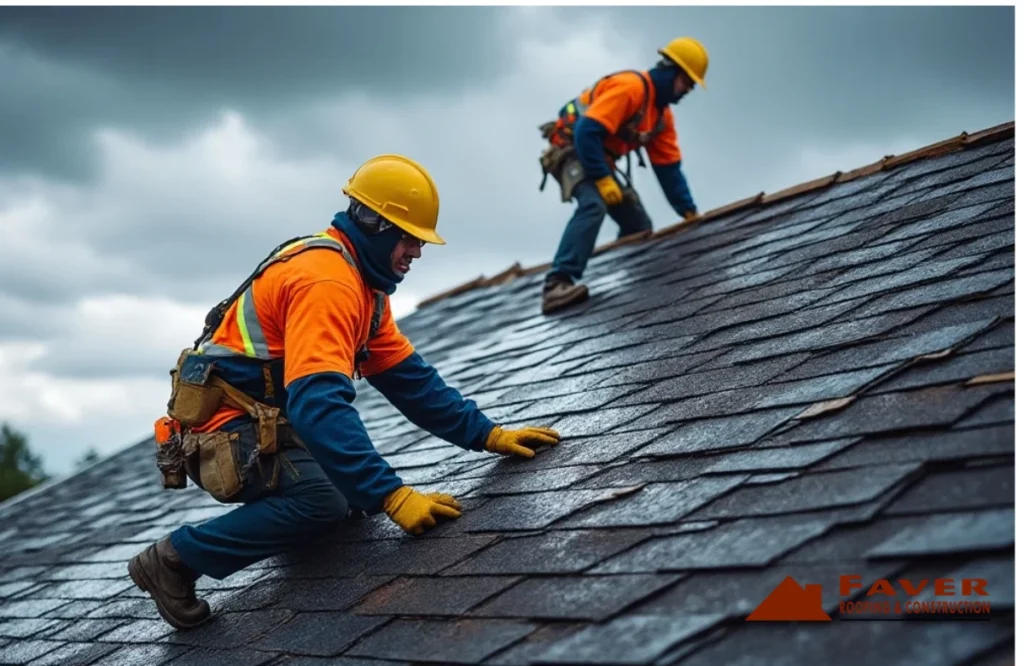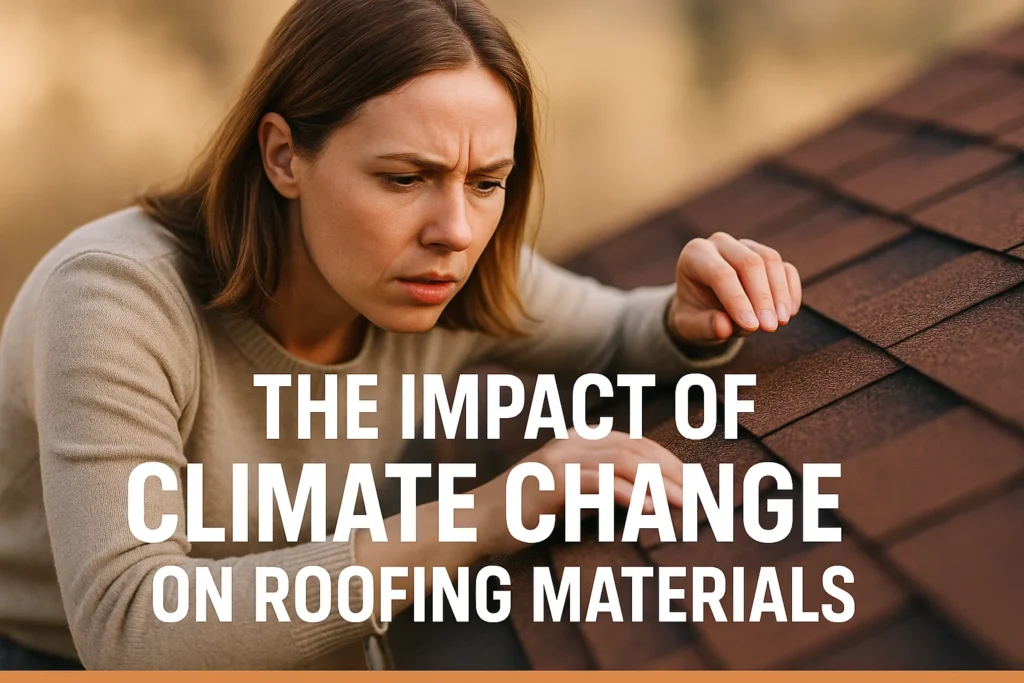As the weather cools and winter sets in, roofs find this time particularly challenging to survive. Weather can wreak havoc on roofing materials, causing everything from cracking and brittleness to ice dam formation and accelerated wear. Homeowners and property managers need to know how cold weather will affect their type of roofing material, as well also the inability to cover all potential costs, after spending thousands on an investment. This article will explore how cold weather affects roofing materials and provide advice to safeguard your roof through the chilly months ahead.
Why Roofing Performance Changes in Cold Weather
Roofing performance changes in cold weather mainly due to temperature stresses and the unique conditions of winter. At very cold temperatures, roofing materials shrink and become more brittle, which increases breakage probability. When it gets warmer again, this is especially noticeable on flat surfaces like roofs that had water sitting on them over winter. Freeze-thaw cycles worsen this by letting water enter small cracks, freeze, and expand, causing further damage. Heavy snow and ice further add weight to the roof, causing ice dams that let water run under shingles, which can cause leaks as it thaws. These factors, thermal contraction, moisture build-up, and physical stress, combine in cold weather zones to lower the effectiveness of roofing materials, in contrast with the hotter months when they achieve their maximum performance.
General Effects of Cold Weather on Roofing Materials
In many ways, winter weather brings a great many challenges affecting the performance, durability, and lifespan of roofing materials. Knowing these effects helps homeowners and builders to select suitable materials as well as strategies for their maintenance in the wintertime.
Thermal Expansion and Contraction
In cold temperatures, materials contract and become more brittle. The components of a roof suffer as a result. The continual cycle between expansion in brief warm spells following cold-weather contraction adds thermal movement that can result in cracking, splitting or separation of seams. Over time, this weakens a roof’s protective barrier against water penetration.
Brittle and Breakable
Cold temperatures make many roofing materials brittle. Asphalt shingles and some synthetics lose their flexibility under freezing conditions, making they subject to stress and easily breaking or cracking from impact forces. So this brief state after exposure increases brittleness accordingly, and thus the chance for damage during installation or by falling ice is higher still
Damage Caused by Freeze-thaw
Water infiltration becomes a serious problem in cold climates. Moisture can seep into tiny crannies and pores of roofing materials; it then freezes. When the water expands as ice, the crack is forced open further, and more damage occurs. This freeze-thaw damage hastens wear, which itself produces leaks as well as weakening the living conditions for it. It gives leaks and weakens your house or structure.

Ice Dams and Snow Load
Winter weather often brings heavy snows that fall to accumulate on roofs, adding significant mechanical load as well as weight. Ice dams form when heat from inside the home is unevenly applied, melting snow, turning it into water. Regular rainfall can refreeze at the roof edges and block drainage.
Adhesive and Sealant Performance
Many roofing materials depend on adhesives or sealants to hold the layers together and protect joints from leaks. In cold weather, curing times for these adhesives are slowed down or even prevented altogether, consequently reducing their effectiveness as waterproofing agents. Shingles may then lift (or even blow off), seals around vents become slack–and this weakens the resistance of Roofs to wind damage penetration by water.
Installation Challenges in Cold Weather
Cold weather can make roofing materials hard to handle and brittle. Asphalt shingles are easily cracked and the subsequent breakage requires attention during installation.
Low temperatures are also unsuitable for the curing of adhesives or sealants. Note that the roof’s protection against both wind and water will be weakened.
There is a greater risk of accidents because of slippery conditions caused by snow and ice. Roofing workers must take special safety precautions as well as use equipment appropriate for the prevailing weather conditions in order to prevent falls.
Shorter days and cold weather usually delay the progress of projects in winter. For each of these reasons, roofing work extends longer into the year than it would otherwise.
How Specific Roofing Materials React to Cold
| Material | Cold Weather Reaction | Strengths | Weaknesses |
| Asphalt Shingles | Become brittle, may crack | Affordable, easy to install | Crack-prone in cold |
| Metal Roofing | Conducts cold, sheds snow well | Durable, resists ice dams | Can stress other materials |
| Slate Tiles | Very freeze resistant | Long-lasting, low maintenance | Heavy, costly |
| Wood Shingles | Can warp, split with moisture | Natural look | Moisture vulnerable |
| Clay Tiles | May crack if moisture freezes | Durable, fire resistant | Absorbs moisture |
Tips to Protect Your Roof in Cold Weather

Inspect Your Roof Before Winter: Check for damaged, loose or missing shingles and roof leaks. Do not spare signs of saggingly. Early repair is better than a winter of problems.
Clean Gutters and Remove Debris: Get rid of leaves, twigs, and dirt in your gutters as well as from your downspouts for proper drainage. This will prevent ice dams on the roof and water leakage into living areas.
Trim Overhanging Branches: Trim back the branches that are near a roof, so they do not scrape snow on it or drop icicles onto it.
Ensure Proper Attic Insulation and Ventilation: Good insulation can steady the roof’s temperature, which reduces ice dams created by irregular melting. Additionally, proper ventilation controls excess moisture.
Check and Repair Flashing: Make sure that metal flashing around sanitary vents, chimneys, and skylights is secure and not rusting in order to forestall leaks.
Remove Excess Snow Safely: After heavy snowfalls, carefully rake the snow off your roof. This project reduces the weight load on the outer frame and helps to prevent ice dams (although it isn’t foolproof).
Conclusion
Cold weather can put an immense amount of pressure on your roof, and if you neglect regular care, then it may be damaged. Understanding how winter conditions affect the roofing products enables you to safeguard your house throughout this period. Trust Faver Roofing for expert roof inspections, repairs, and installation services.
FAQs
Yes, but under difficult conditions. Some materials get brittle and adhesives do not work as well, so more care is necessary than at other times of the year.
Heavy snow adds weight and can cause ice dams, which trap water and lead to leaks under shingles.
Ice Dams form when melting snow refreezes at the edge of the roof and blocks water flow, leaks will occur indoors.
Regular inspections, fixing any damaged shingles, clearing gutters and also properly insulating the attic.
Yes. Metal lets snow slip off easily and resists ice damming better than many other materials do.







